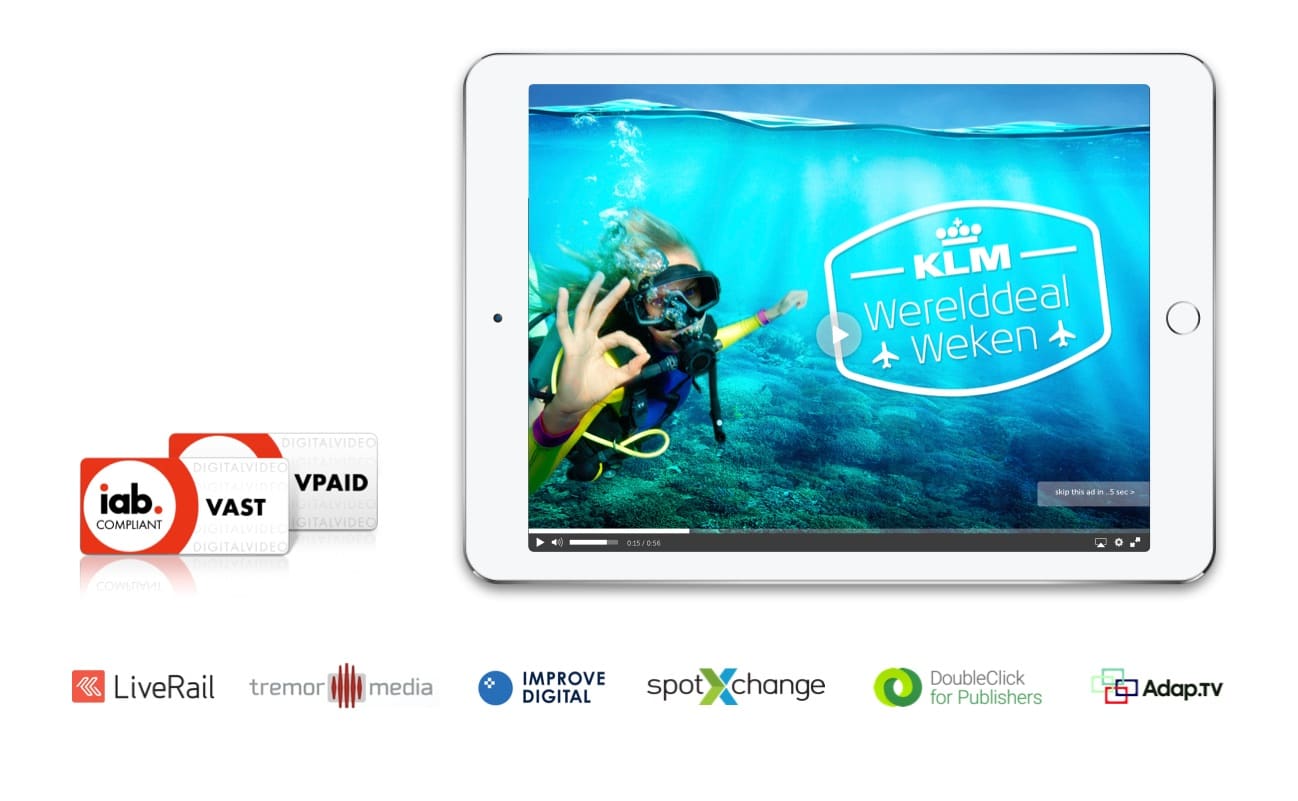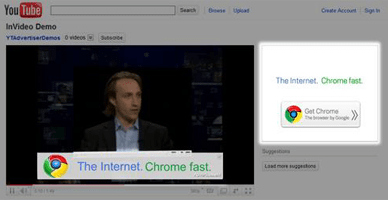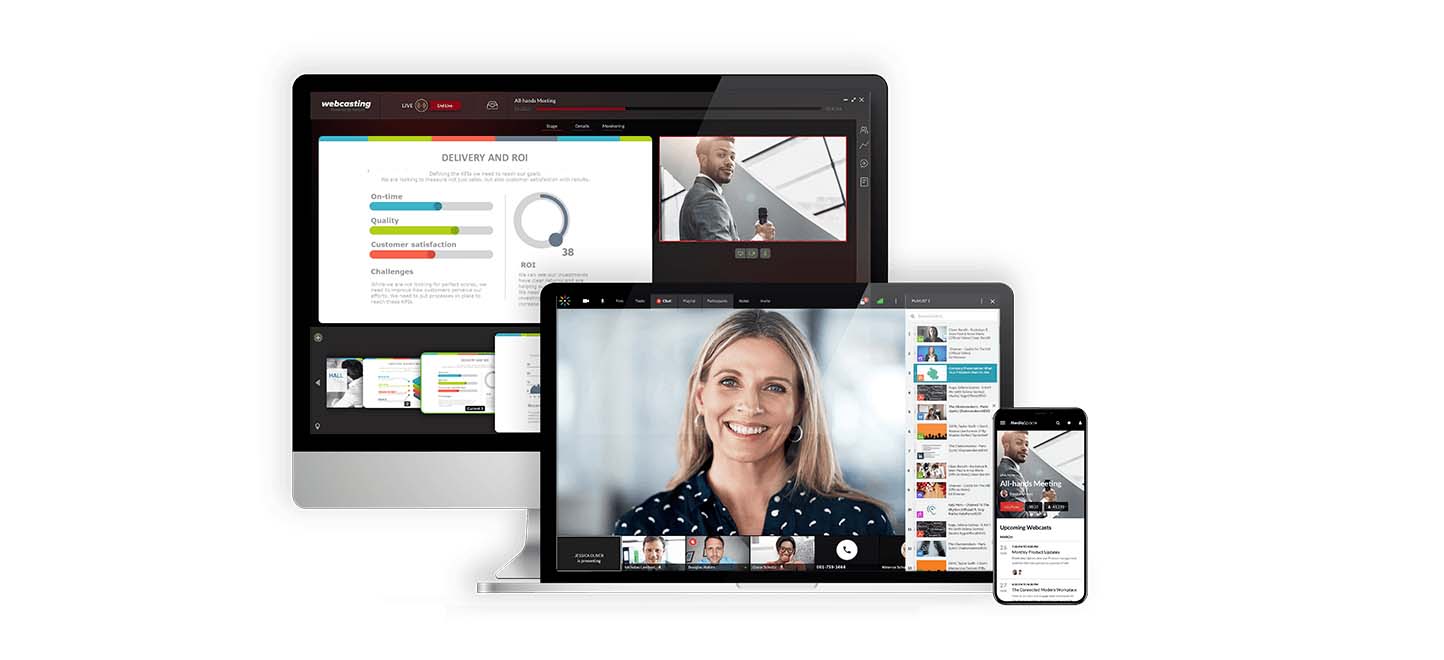When to consider your own in-house production studio?..

VIXY makes professional video management accessible for your organization. You can count on reliable video hosting and ultra fast video playback worldwide with VIXY.
Easily determine where and when your video can be watched, enrich your video player with interactions, generate leads to your site and link your video player with the ad network of your choice.
When it comes to video advertising, it is possible to generate revenue in several different ways using video. In this blog we explain to you the possibilities and why exactly this could be very interesting for you as an owner of video content.

Online advertising involves 3 parties:
It is possible that the owner of the video is also the publisher. As a publisher you can give different advertisers the opportunity to advertise in the video. If you’re not in charge of the advertisements on the video, but are the (original) owner of the content, then the revenue generated from the advertisments will be divided in most cases. This is what happens on YouTube, we’ll come back to this later in this article.
Telegraaf uploads news and entertainment videos on its website on which advertisements are displayed. Telegraaf is both publisher AND owner of the video content.
Google provides the ads for owners of video content on YouTube. In this case, YouTube is the publisher and not the (original) owner* of the video content.
* On YouTube, the owner of content gives up the rights of the video when uploading a video.
A video ad is usually more appealing than a static banner and enables you to give more information in less time. For advertisers, the benefits of video advertising are mainly targeting, reach, and measurability. Advertisers like to display their advertisements there where the target group is to be found online. For example, an ad aimed at football fans will not be relevant on a video about beauty products and vice versa. As a publisher, showing ads on a video is an interesting way to generate income with video.
Advertising with video is particularly interesting for video channels or websites with a large reach (e.g.: news, sports and entertainment websites). These channels and websites contain a lot of video content focussed on one or more target groups that are visited frequently on a daily basis for watching videos. A perfect place for displaying video ads.
There are different ways to advertise with video. It is possible to display video ads before, during or after the main video in various compositions. Let’s elaborate on the possibilities next.
These are the most commonly known advertisement videos. They are shown before, during or after the main video. Usually these are advertising videos that are, for example, an extension of television commercials.
These ads are a great fit for videos with a high news value where viewers are prepared to watch the advertisement. A pre-roll of max. 15-3o seconds is recommended. This type of advertisement, pre-roll, mid-roll and/or post-roll (or end-roll) is called linear advertisement.
This advertisement takes over the entire screen. This full screen ad is mostly applied for big ad campaigns and usually costs a lot more than just a pre-roll or post-roll ad.
The ad can be displayed in the video player, but it’s also possible to completely transform the website in which the video player is embedded when the viewer clicks play.


This way of advertising display ads around the video. This ensures that the viewers are not disturbed by an ad during the video.
These are ads that appear as an overlay/banner during the video in which the viewer gets the possibility to close the ad.


An interactive video ad is often tailored to the content of the video. This ensures a higher conversion than when you just show an overlay or a companion banner. In addition to direct links to a landing page, you can also have other interactions take place in the video player. Like a contact form that is opened, so that the viewer can subscribe to a newsletter.

| Advertisement type | Pros | Cons |
| Pre/mid/post-roll |
|
|
| In video overlay |
|
|
| Interactive video ad |
|
|
| Take-over ad |
|
|
| Companion ad |
|
|
When you want to display ads on your video it is a necessity that the video platform, on which the videos will be played, has a link with an ad network. At least, if you want this to take place automatically and if you want better management options for showing videos.
With your private video platform, you have control over advertising revenue because you manage the advertisements and rates yourself. For this you use an advertising network that you connect with the video platform. The advertising network ensures a good delivery of the advertisements, making it possible to use different settings for each ad. For example the target group, the number of impressions and the rate. This way you as a publisher determine the price you use per ad and you can adjust these with advertisers for what rate they can advertise on your videos.
AdSense is the free platform by Google that makes it easy to earn money by placing ads on your website or around your videos. With AdSense you offer the possibility to over a million advertisers to bid on advertising to bid on advertising on the videos.
Please contact one of our online video experts. We’d be happy to give you personal advice about how you can get the most out of your video content.



